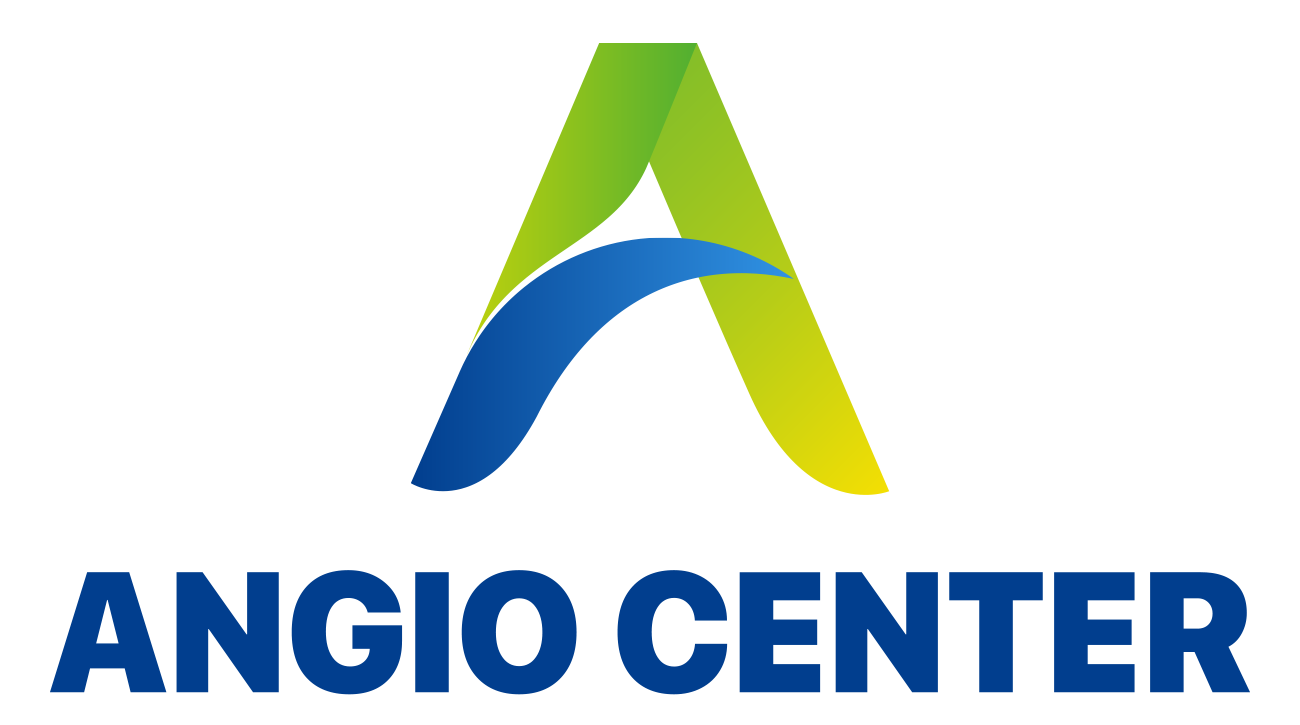
Varicose Veins
What are varicose veins?
Varicose veins are a very common problem of swollen and curled leg veins. Every superficial vein may become a varicose but the problem usually occurs in the legs (due to increased pressure from standing and walking).
A normal vein has tiny valves that help return the blood to the heart. When these valves are deficient, pressure is applied to the venous walls and they are dilated. This is called venous insufficiency and it worsens over time. This is the reason that it is necessary to diagnose and treat it at the early stages.
What is the prevalence of varicose veins?
The problem is prevalent in approximately 30% of the population!
Prevalence in women is 4 times more than in men.
What are the risk factors?
Many factors influence the risk of varicose veins:
- Family background – a higher risk if there are relatives with similar history.
- Gender – women are usually at a higher risk for developing varicose veins due to several reasons: hormonal changes, pregnancies, pills etc.
- Age – prevalence rises with age due to continuous abrasion of venous valves.
- Obesity and background cardiac disease.
What are the common symptoms?
Occasionally, mainly in the early stages, the problem is only cosmetic. If the condition develops into venous insufficiency, other symptoms will also appear:
- Worsening of pain during prolonged standing
- Swelling
- A burning sensation and contractions
- Itching around the dilated vein
- Discoloration of skin in the afflicted area
In extreme cases the condition might reach:
- Ulcers
- Blood clots developing in the dilated veins
- Hemorrhages
What treatment is available?
First, you must be examined by a doctor that specializes in the treatment of veins.
The patient will undergo physical examination and imaging by ultrasound.
The various treatment options depend on the severity of the condition:
Mild, early stage conditions may be treated conservatively with supportive socks, physical activity, weight loss etc.
More severe conditions can be treated by several methods:
- Surgery – this is an old method which is almost never used nowadays. This is called "striping" and involves small incisions along the vein and its removal. The procedure requires anesthesia, a surgery room and longer recovery.
- Sclerotherapy – ultrasound guided injection of foam or a solution into the problematic vein. The sclerosant used is called polidocanol which causes sclerosis of the diseased vein wall later absorbed by the body. The injections are painless and are performed with no anesthesia. Sometimes, up to 3 treatments are required for maximum results.
- Laser – usually used in veins that are too small for injection.
- Treatment of insufficiency of the great saphenous veins– performed by radiofrequency, steam, laser or glue. A catheter is inserted, in a minimally-invasive procedure, with a transducer at the tip causing heating and ruining the vein or gluing it, resulting in its obstruction.
- Catheterization and sclerotherapy – of the saphenous leg veins and inserting a "plug" that obstructs them. This is an innovative and effective method for treating vein insufficiency in the thighs.
What is the course of the procedure?
- Sclerotherapy injection is quite simple and involves the patient lying down, disinfection of the skin and injection of the sclerosant substance to the veins. A tiny needle is used for the small veins and a butterfly needle for the larger veins. The procedure is painless.
- Treatment of main vein insufficiency – with local anesthesia and ultrasound guidance, a tiny catheter is inserted through the main saphenous vein. The transducer or glue is guided through the catheter to close the vein. The procedure is completed within approximately 1/2 an hour. The patient may walk and resume normal activity on the same day.
What is the recovery process?
Immediate improvement can be seen, but the maximal results are seen approximately 3-4 weeks after the procedure.
During the first week it is normal to experience a natural process of inflammation in the area manifested as redness in the treated veins. This will heal and the body will absorb the obstructed veins.
After treatment, the patient will be required to wear supportive stockings for several days. The socks will apply pressure on the closed vein in order to assist the body to best absorb it.
Additionally, it is recommended that the patient refrain from sun exposure and strenuous physical activity.



